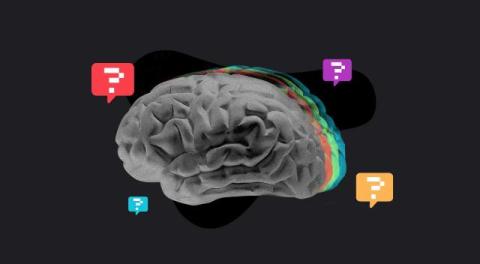Falco vs. Sysdig OSS: Choosing the Right Tool for the Job
The open-source ecosystem is rich with tools that empower developers and security practitioners alike. Two standout projects are Sysdig OSS and Falco, both of which leverage deep system-level instrumentation to provide insights and enhance security. However, while they share a common foundation, they serve distinct purposes. This blog explores the strengths of Sysdig OSS and Falco, how they differ, and how they can complement each other.















